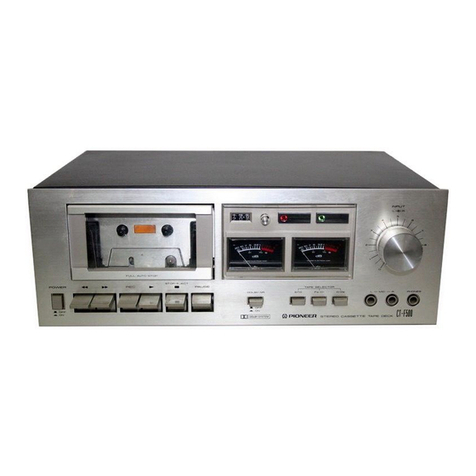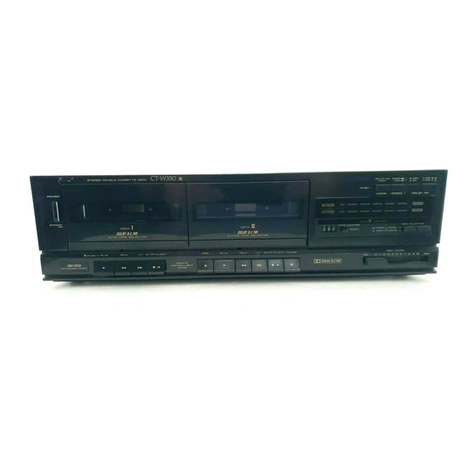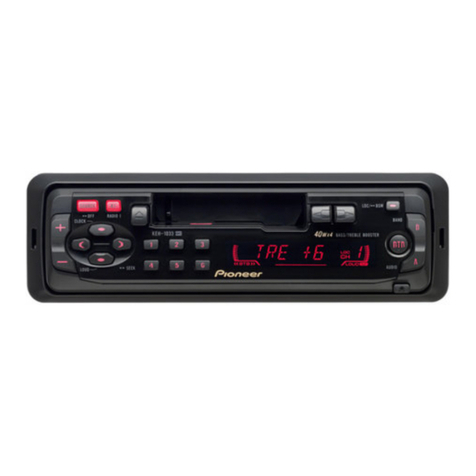Pioneer CT-520 User manual
Other Pioneer Cassette Player manuals
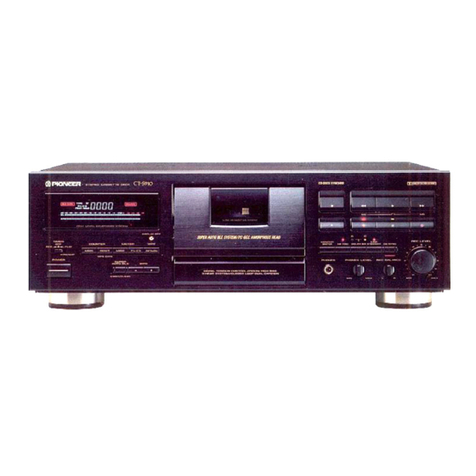
Pioneer
Pioneer CT-S910 User manual

Pioneer
Pioneer CT-S830S User manual
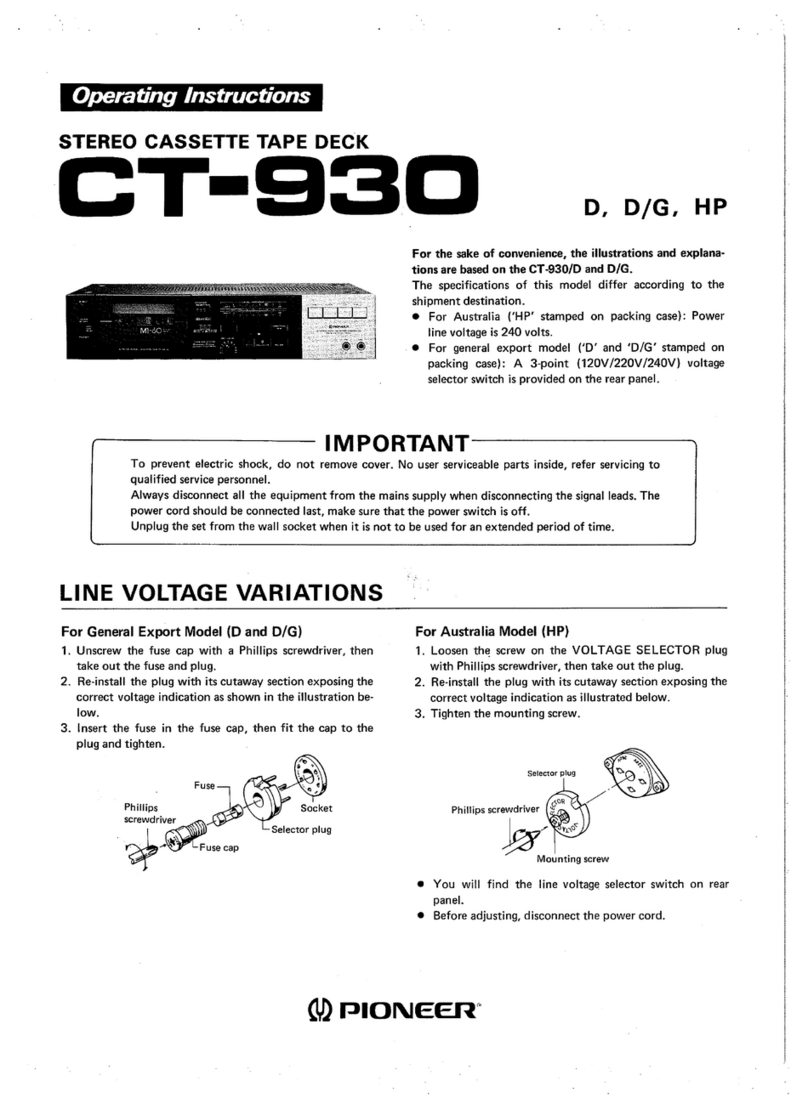
Pioneer
Pioneer CT-930 User manual
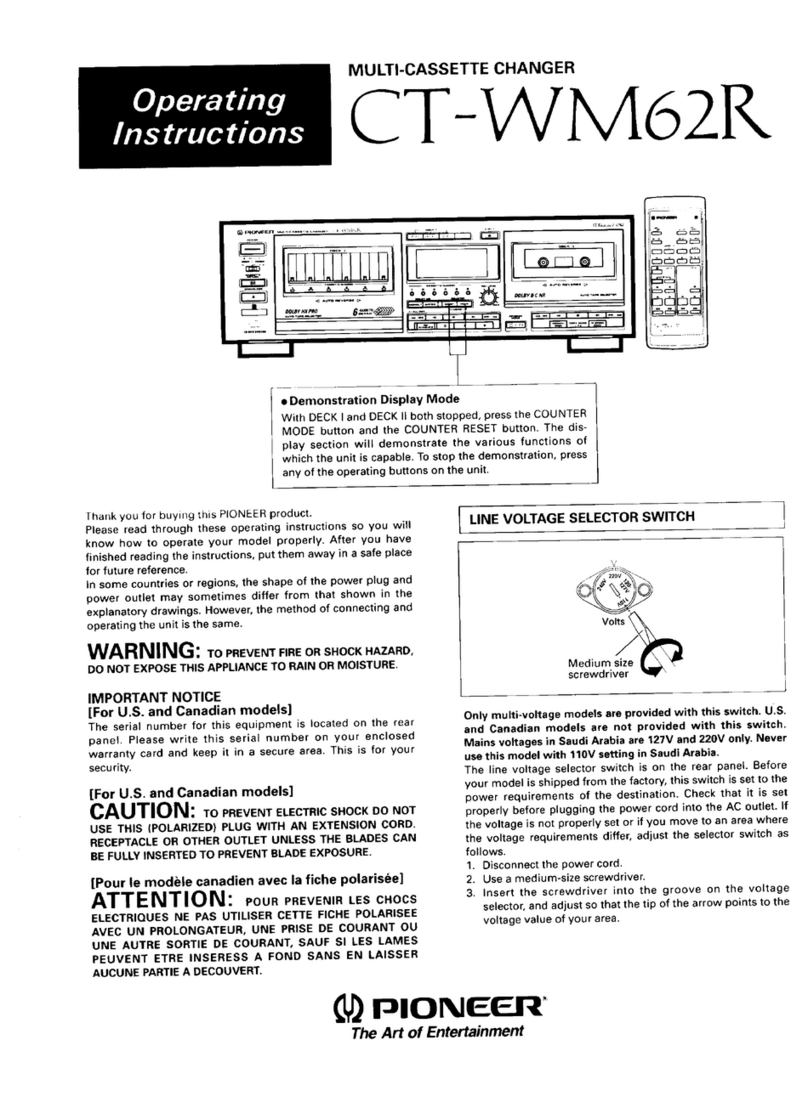
Pioneer
Pioneer CTWM62R User manual
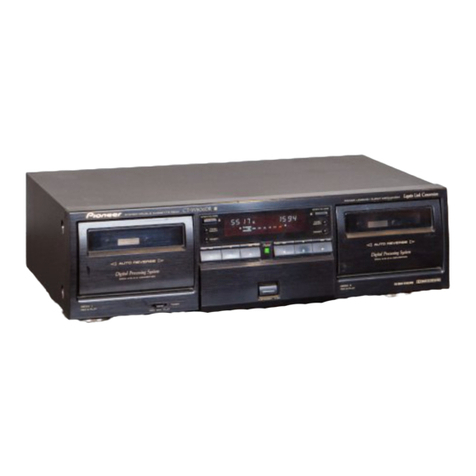
Pioneer
Pioneer CT-W806DR User manual
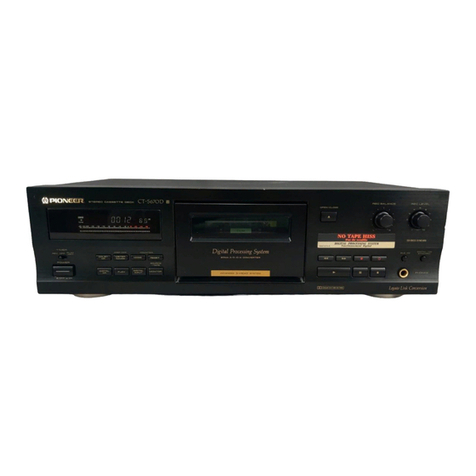
Pioneer
Pioneer CT-S670D User manual

Pioneer
Pioneer KEH-P5011 User manual
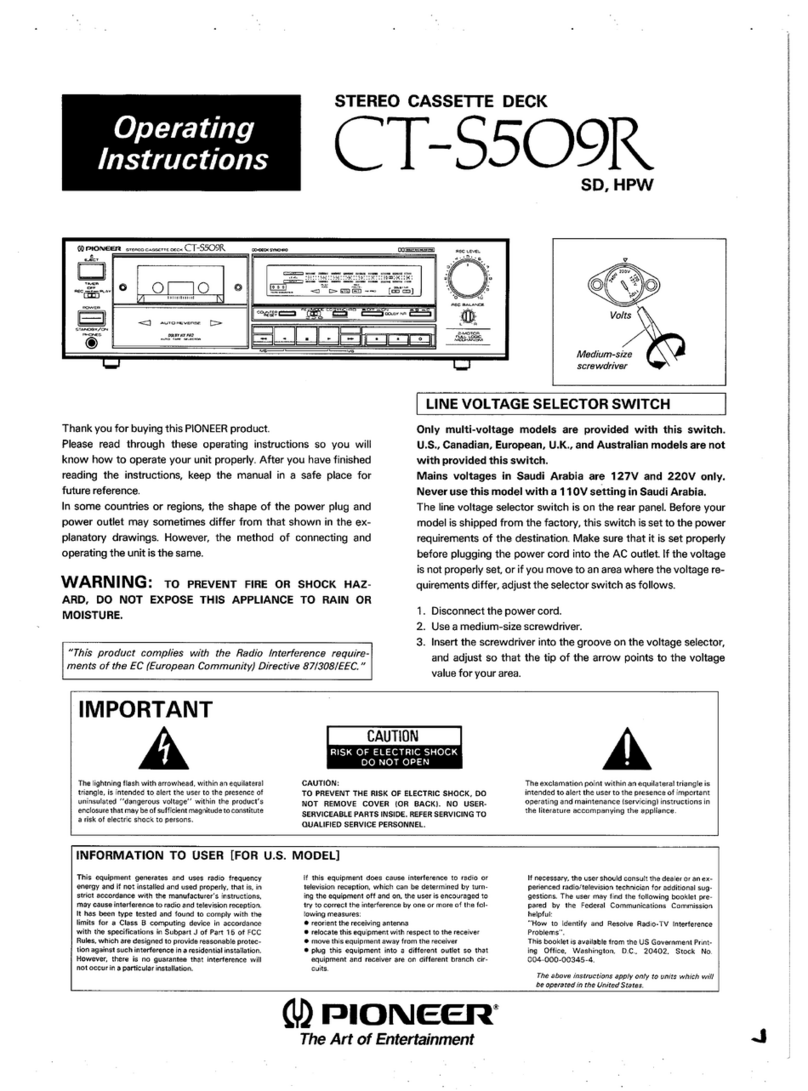
Pioneer
Pioneer CT-S509R User manual
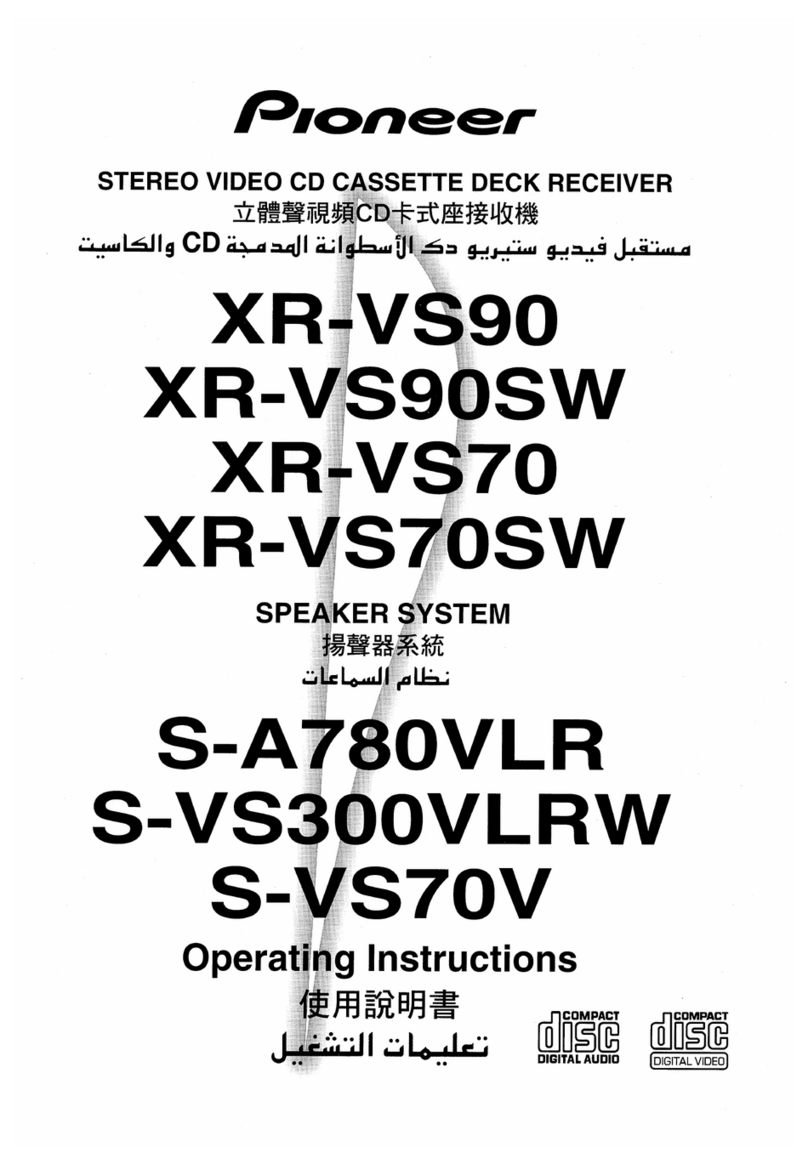
Pioneer
Pioneer XR-VS90 User manual
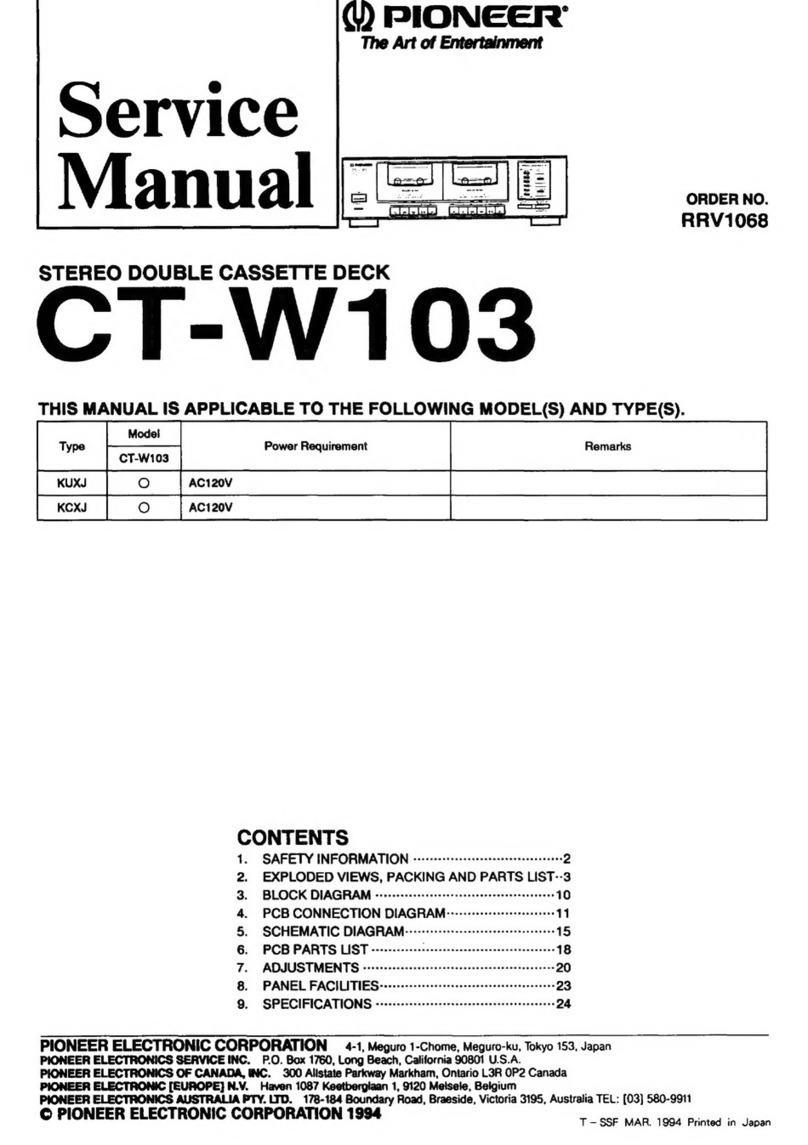
Pioneer
Pioneer CT-W103 User manual
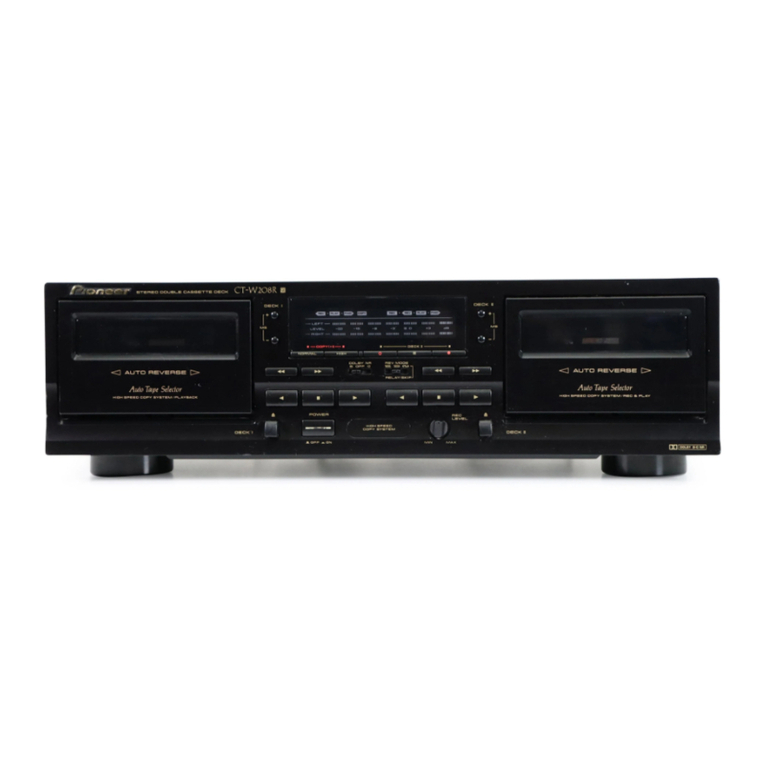
Pioneer
Pioneer CT-W208R - Dual Cassette Deck User manual

Pioneer
Pioneer CT-W300 User manual
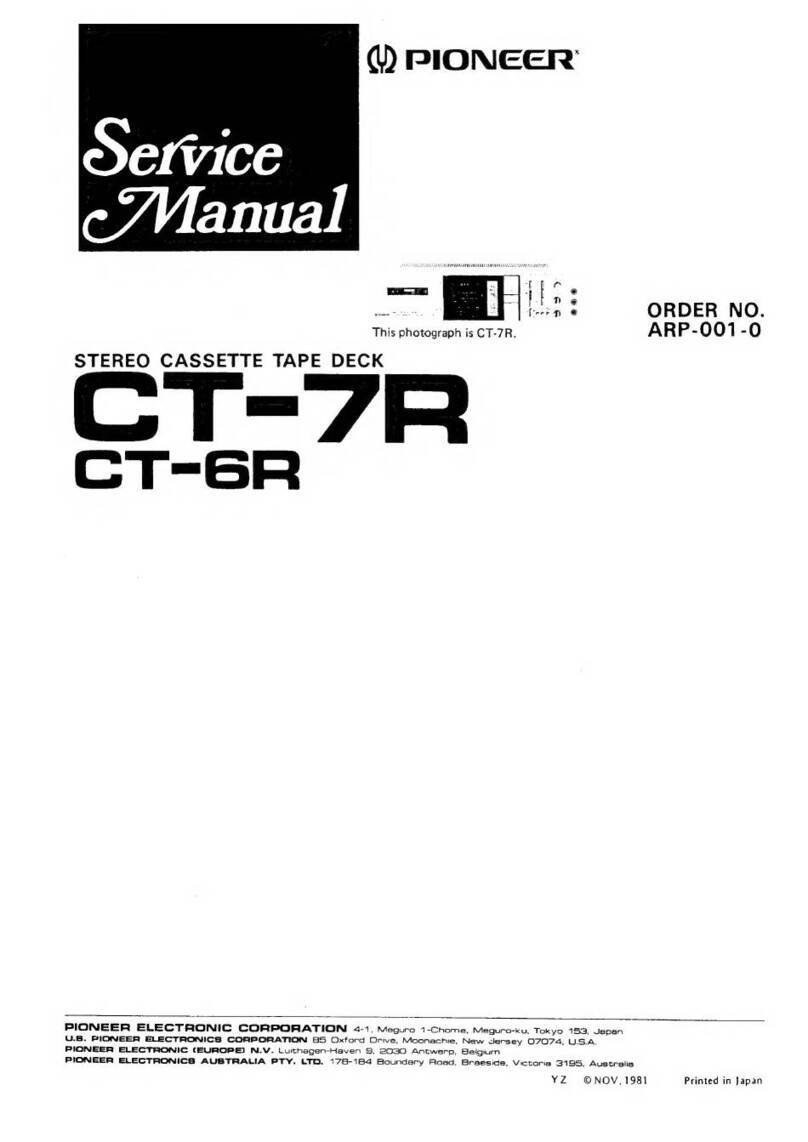
Pioneer
Pioneer CT-7R User manual
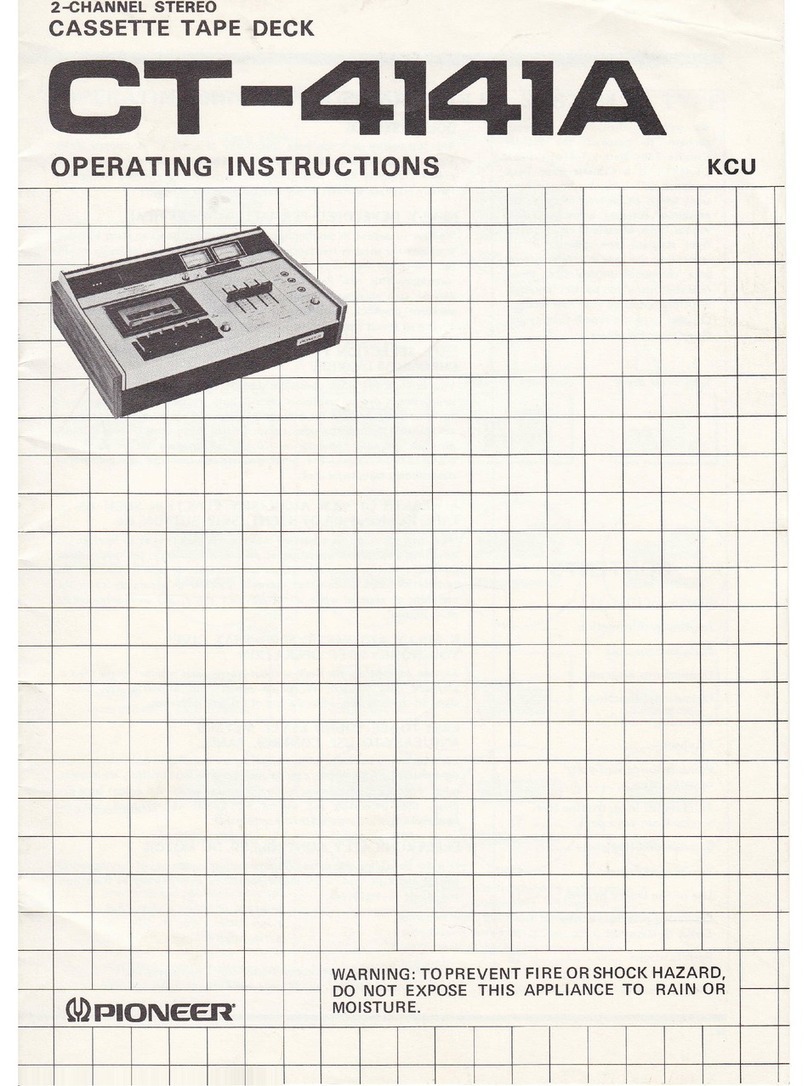
Pioneer
Pioneer CT-4141A User manual

Pioneer
Pioneer CTW603RS User manual

Pioneer
Pioneer KEH-P6025 User manual
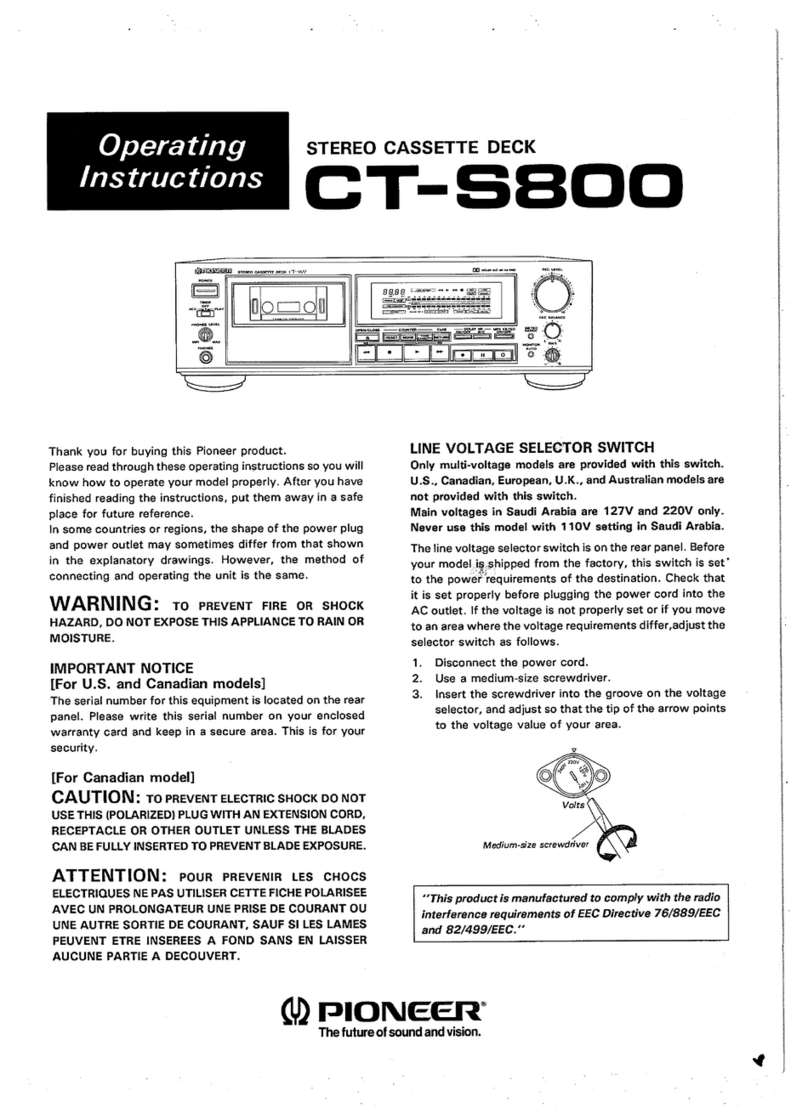
Pioneer
Pioneer CT-S800 User manual
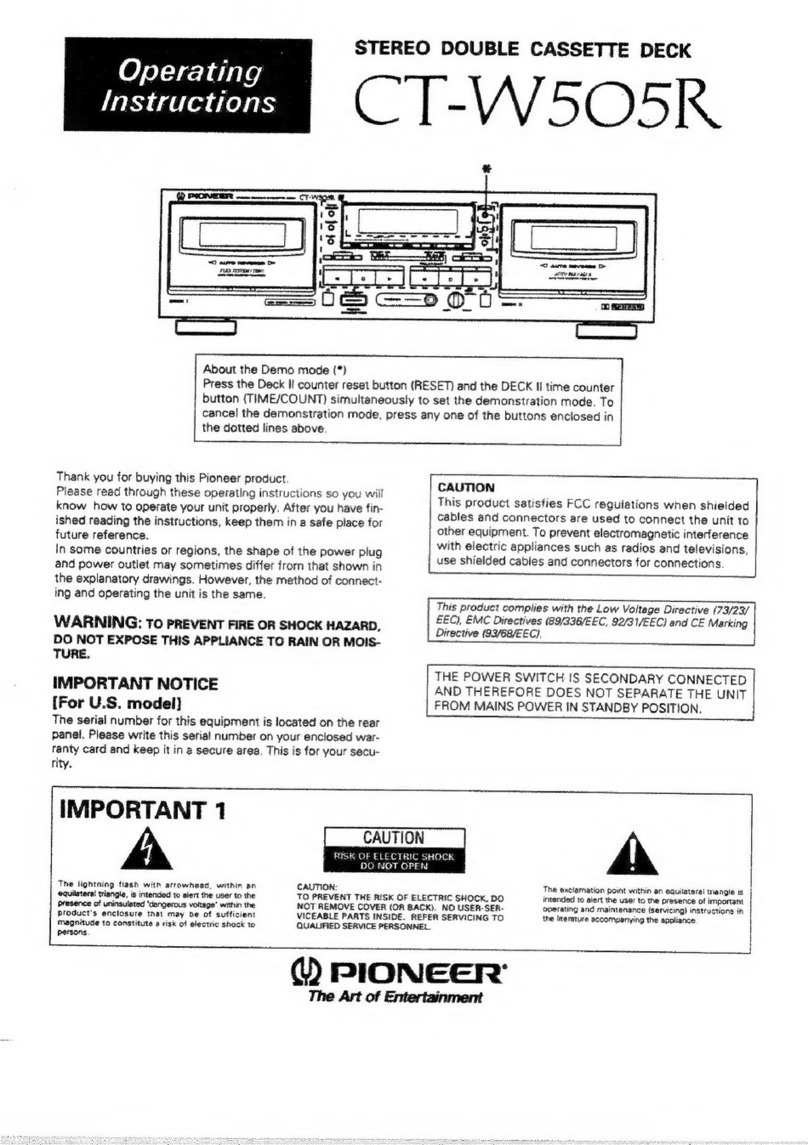
Pioneer
Pioneer CT-W505R User manual
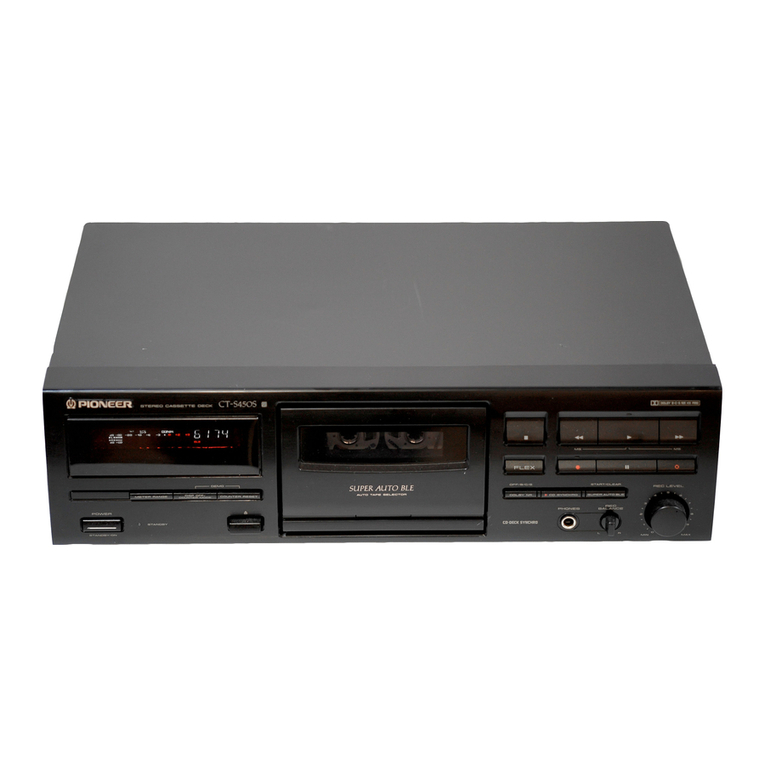
Pioneer
Pioneer CT-S450S User manual
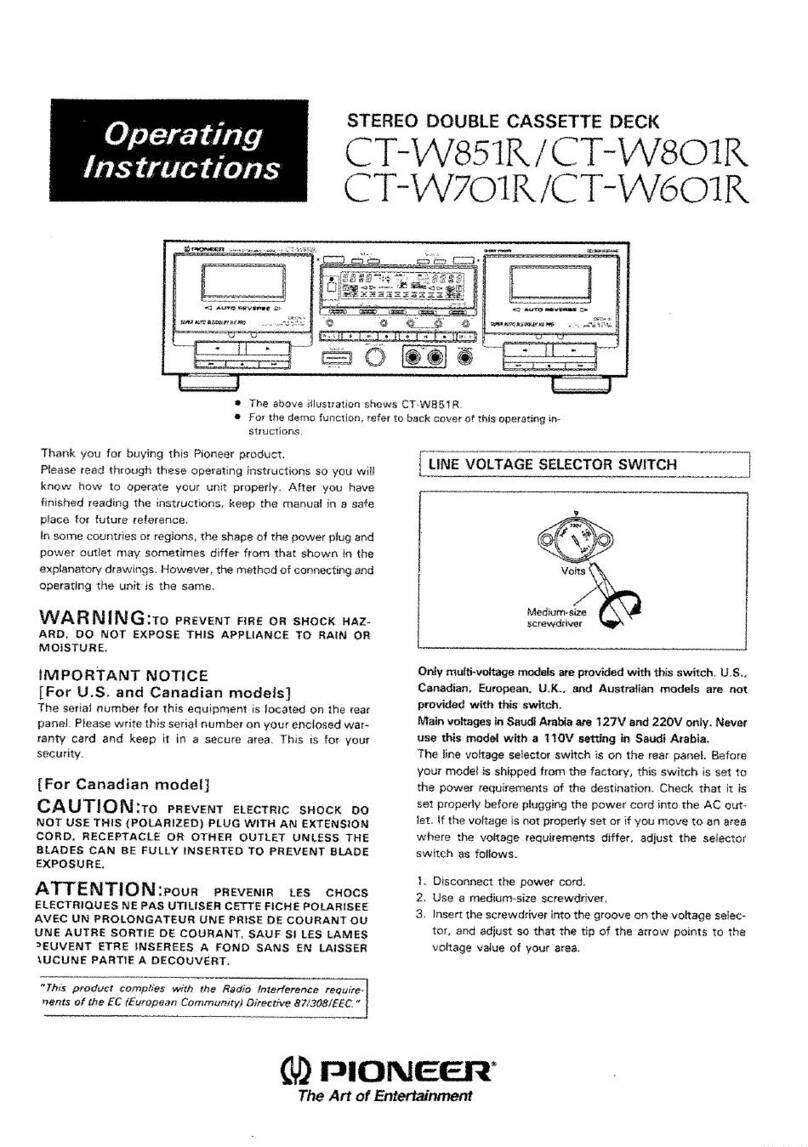
Pioneer
Pioneer CT-W851R User manual
Popular Cassette Player manuals by other brands

Sony
Sony CFS-B15 - Am/fm Stereo Cassette Recorder operating instructions

Sony
Sony WMFS220 - Portable Sports AM/FM Cassette... operating instructions

Aiwa
Aiwa HS-TA21 operating instructions
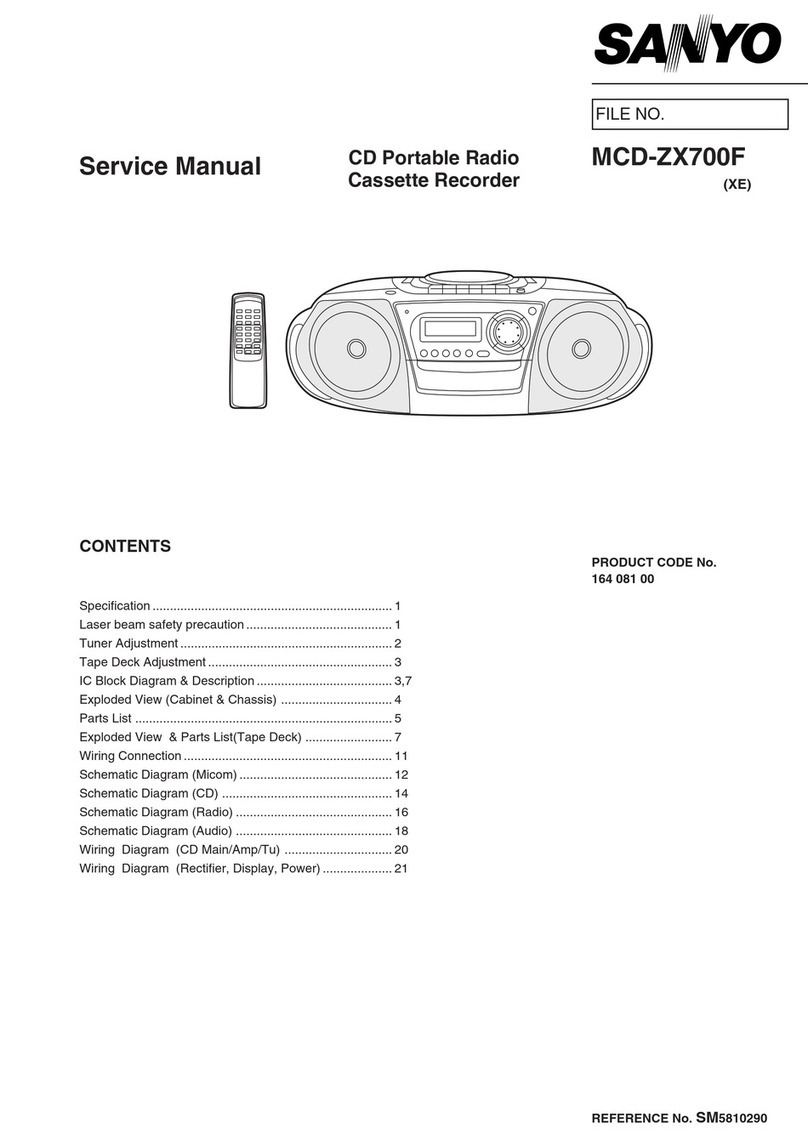
Sanyo
Sanyo MCD-ZX700F Service manual
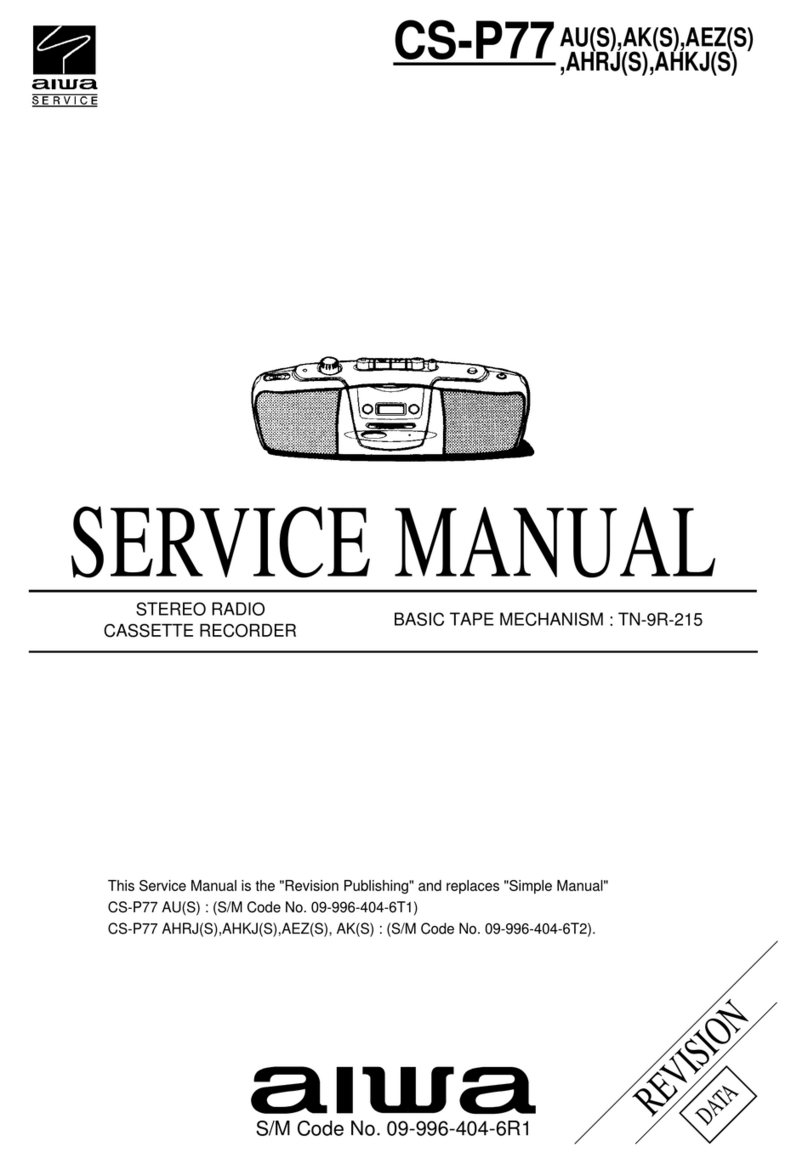
Aiwa
Aiwa CS-P77 Service manual

Sony
Sony Pressman TCM-465V operating instructions
